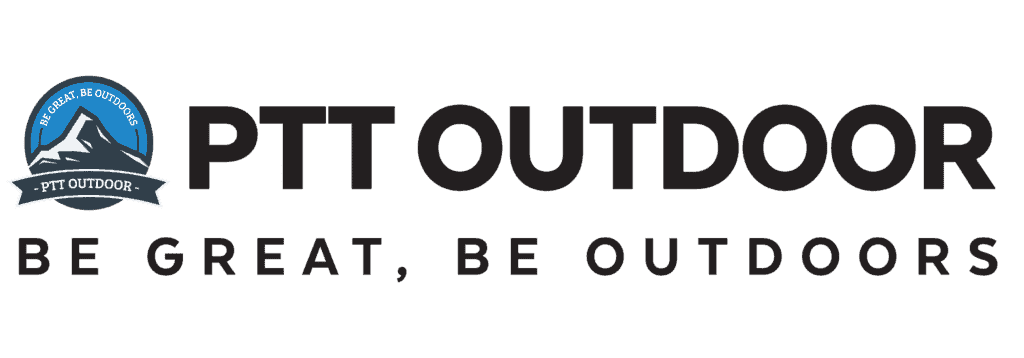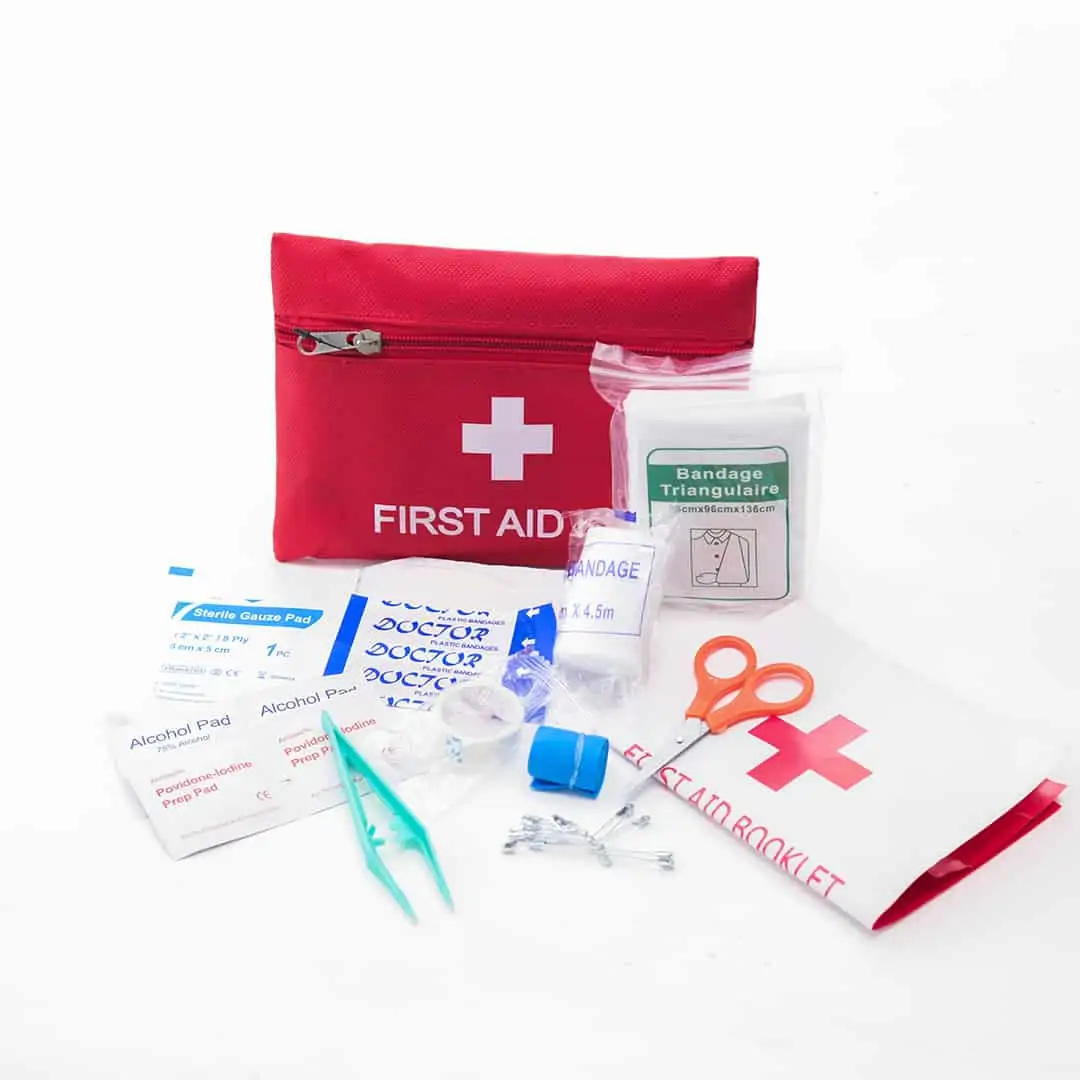Basic First Aid Tips: Camping Injuries and Emergencies
Campers in the wilderness face limited access to professional medical care, making first aid knowledge crucial. With spotty cell service and miles from help, unexpected accidents can happen—falls, burns, allergies, and more. The first minutes are critical; learning essential first aid can be a lifesaver, providing immediate assistance until help arrives. Don’t be lulled into a false sense of security; accidents occur. Start by reading this article and consider hands-on CPR/First Aid training for confidence in responding swiftly to emergencies.
1. Essential Items To Bring in Your First Aid Kit
Now let’s cover key items that every camping first aid kit should contain. You can buy pre-made kits, but some customization is ideal to match your specific trip details like number of people, remote terrain, planned activities, and existing medical conditions.
Here are must-have first aid supplies to pack:
| Category | Items |
|---|---|
| Antiseptics |
|
| Gauze |
|
| Bandages |
|
| Medical Tape |
|
| Surgical Gloves |
|
| Tweezers |
|
| Moleskin |
|
| Scissors |
|
| Needle and Thread |
|
| Splints |
|
| Medications |
|
| Other Tools |
|
As you can see, camping first aid requires bringing a variety of supplies suitable for issues ranging from minor cuts to more severe trauma while waiting for emergency services. Customize your kit based on your particular trip and expected challenges.
2. Tips for Injuries and Illnesses
Now let’s get into specific first aid techniques for handling common camping medical issues:
A. Treating Burn Injuries
Burns from campfires, grills, or scalding food/liquids need urgent first aid response:
- Cooling the burnt area: Immerse in cold running water for 10-15 minutes. Use compresses if water unavailable. Reduce temperature of tissues to minimize damage.
- Removing obstructions: Carefully remove watches, jewelry, or clothing around burnt area if not stuck to skin. This prevents constraint when swelling develops.
- Using a sterile dressing: Lightly bandage with gauze or clean linen. Don’t break any blisters. Seek emergency care for cloth stuck to burnt skin.
- Signs for seeking immediate medical assistance: Extensive burns, at joints/genitals, inhalation injury, or causing severe pain all warrant urgent treatment. Evacuation may be required.
B. Handling Breathing Emergencies from Allergic Reactions
Anaphylaxis from food allergies or insect bites can quickly become life-threatening while camping if not treated fast:
- Calling 999: If signs of severe allergic reaction emerge – hives, swelling, wheezing – immediately call emergency services, especially if worsening rapidly.
- Retrieving AED: Get automated external defibrillator in case heart rhythm becomes unstable. Apply when instructed.
- Using an epi-pen (epinephrine auto-injector): Administer in outer thigh if the victim goes into shock. CPR may also be required.
- CPR and defibrillation if necessary: If breathing stops or heart beat ceases, provide rescue breathing + chest compressions. Use AED when prompted.
3. Tips for Injuries and Illnesses
C. Managing Choking Incidents
Choking is a fearful situation where immediate aid is required to clear obstructed airways:
- Calling 999: If someone is demonstrating the international choking sign or unable to speak/breathe, call emergency services right away detailing your exact remote location. Every second counts!
- Performing back blows: Administer forceful blows between the victim’s shoulder blades with the heel of your hand while they are leaning over. Repeat 5 times unless obstruction clears.
- Abdominal thrusts: Stand behind a hunched victim, wrap your arms around to their midsection. Form a fist with one hand above their navel. Apply forceful thrusts inward and upward to expel lodged objects.
- Chest thrusts: If the victim loses consciousness, carefully lower them supine. Give 5 chest thrusts pushing down hard between breastbones before attempting ventilations. Repeat sequence if still blocked.
- Initiating CPR if necessary: Being CPR with cycles of 30 chest compressions to 2 ventilated breaths if choking leads to cardiac arrest. Continue CPR until paramedics arrive.
As scary as choking emergencies feel, staying calm and following these first aid steps maximizes chances of positive outcomes while waiting for emergency personnel. Get certification in a CPR/First Aid course for hands-on practice.
D. Wound and External Bleeding Treatment
Lacerations, deep cuts, and abrasions that cause ongoing blood loss are common in the wilderness from sharp tools, branches, slips and falls on rough terrain. Follow these first aid steps if encountering external bleeding emergencies:
- Calling 999: For major bleeding not controlled with direct pressure, immediately contact emergency services to describe the exact location, wound severity, and assistance needed.
- Applying pressure and dressing: Have victim lay down. Use gauze pads and firm, direct pressure on the wound preferably with sterile gloves for 5-10 minutes. If blood soaks through, add more gauze/fabric on top – don’t remove previous cloths.
- Use of tourniquet if bleeding persists: If unable to stop heavy bleeding on a limb with dressings alone, apply an improvised tourniquet proximal to injury as a last resort. Loosen briefly every 15 mins. Write time applied.
- Treating for shock: Cover victim with a blanket or emergency foil. Keep them still, ideally with feet elevated. Get AED on standby. Provide reassurance until emergency responders can access your location. Monitor pulse and breathing closely.
Severe bleeding can become fatal surprisingly fast, so stay calm call for help immediately while administering first aid. Taking a wilderness medicine course is also advised to prepare for handling trauma in remote locations until evacuation or transport is possible. Proper training builds confidence if ever needed in critical scenarios.
Summary – Top 5 First Aid Tips for Camping Emergencies
Let’s recap the key takeaways about providing emergency first aid response on remote camping trips if medical issues arise:
- Prepare – Take first aid courses and pack a comprehensive, activity-specific medical kit
- Call for Help – Don’t delay activating emergency services if life-threatening symptoms arise
- Position Properly – Place victim in recovery position suitable for injury
- Use First Aid Supplies – Know how to apply dressings, medications, devices appropriately
- Direct EMS Efficiently – Have maps with GPS pins for your exact remote location readily available
- Stay Calm and Collected – Exude confidence and take command of scene to ease stress
FAQs about First Aid for Camping Emergencies
Bandages, wound care, medications, emergency blanket, medical tools like tweezers and an AED based on # of people, planned activities, and expected risks.
Customize beyond a standard kit based on location remoteness, group medical conditions, number of people, and probable usage for the activities you have planned.
Burns, cuts/bleeding, sprains, fractures, allergic reactions, hyperthermia, hypothermia, bites, stings, altitude sickness.
Immediately cool burns, control bleeding with pressure, immobilize sprains with compression/elevation, and splint fractures without moving broken bones.
Call emergency services immediately even if location is very remote. Administer epinephrine pen or antihistamine if available in first aid kit. Prepare AED.
Promptly activate EMS for chest pains, trouble breathing, prolonged unconsciousness, uncontrolled bleeding, or any life-threatening signs. Don’t delay seeking expert medical help!
Rest in shade, provide fluids, loosen clothes, spray skin with cool water. For heat stroke with very high body temperature, treat shock vigorously while contacting emergency services swiftly.
Sever bleeding – immediate pressure on wound. Choking – back blows then abdominal thrusts. No breathing – clear airway, start CPR, get AED. Call emergency responders ASAP in all cases.
Thank you for taking the time to explore our article! If you’re hungry for more camping tips and outdoor adventures, check out our next insightful piece on essential gear for a memorable experience here. Happy reading!



Shop Our Gears
Camp & Hike
TAHAN
COMBO
SLEEP SYSTEM
More tips that you might find useful:
12 Secrets to Getting Cheap Flights in Malaysia
马来西亚露营:户外探险综合指南
Camping in Malaysia: A Comprehensive Guide to Outdoor Adventures
Conquering Mount Kinabalu: A Hiker’s Guide to Malaysia’s Highest Peak
Camp Cooking Gear Guide – Build the Ultimate Camp Kitchen!
Top 5 Most Popular Campsites in Selangor
Ultimate Guide to Tropical Leisure Camping in Malaysia: TAHAN’s Top 5 Gear Picks
The Ultimate Guide to Hammock in Malaysia: Comfort, Adventure, and Relaxation